
It's ridiculous but true: I used to dislike Julie Andrews. How could anybody? Well, I was young, and pompously believed that her work was all syrupy sweet. I made those judgements from her early film work; a more recent viewing of those family classics reveals much more depth to her performances than I recall.
It's hard to remember a time when Dame Julie was not part of our entertainment landscape. She played Poppins and von Trapp, Eliza and Guinevere, Darling Lili, Modern Millie, and Noel's Gertie . And of course, both Victor & Victoria. She served
 Hitchcock in Torn Curtain, played melodrama in Hawaii, and bared her boobies in SOB. She's had running roles in the Eloise series, the Princess Diaries series, and a couple of Shreks, too. And a lot of that was done after her voice was damaged by a botched vocal chord operation. What hasn't she done?
Hitchcock in Torn Curtain, played melodrama in Hawaii, and bared her boobies in SOB. She's had running roles in the Eloise series, the Princess Diaries series, and a couple of Shreks, too. And a lot of that was done after her voice was damaged by a botched vocal chord operation. What hasn't she done?Her childhood was spent in British Music Hall, where she developed skills which would serve her when she headlined her own variety series decades later. She came to Broadway in The Boyfriend in the early 50s, and had already been picked to star in Rodgers and Hammerstein's Pipe Dream when composer Rodgers learned that she was also up for the lead in a competing show, My Fair Lady. He advised her to take the Lerner & Loewe show instead, feeling that, eventually, he would be writing something specifically for her extraordinary talents. He did just that, and provided Andrews the opportunity to become nationally known when she stepped into the spotlight on one single night, March 31, 1957.  That was the one and only performance of Cinderella, starring Julie Andrews. The live telecast was viewed by 117 million people, which was, at the time, the largest audience for anything, in the entire history of the planet Earth.
That was the one and only performance of Cinderella, starring Julie Andrews. The live telecast was viewed by 117 million people, which was, at the time, the largest audience for anything, in the entire history of the planet Earth.
Julie Andrews became a household name, but it wasn't enough to convince Warner Brothers that she could put butts  into seats in movie houses, so when My Fair Lady was filmed, her role of Eliza Doolittle went to established star Audrey Hepburn. By then she had moved into her next Broadway triumph, Guinevere in Camelot, a performance which attracted Walt Disney's
into seats in movie houses, so when My Fair Lady was filmed, her role of Eliza Doolittle went to established star Audrey Hepburn. By then she had moved into her next Broadway triumph, Guinevere in Camelot, a performance which attracted Walt Disney's  personal attention. She landed the title role of Mary Poppins and won the Oscar, the same year Hepburn failed to get even a nomination for My Fair Lady. (Gotta love that poetic justice.)
personal attention. She landed the title role of Mary Poppins and won the Oscar, the same year Hepburn failed to get even a nomination for My Fair Lady. (Gotta love that poetic justice.)
Andrews spent the rest of the 60s on the big screen and appearing in a series of well-regarded television specials. This week's Dance Party is from one of those specials, in which our Julie croons, floats, and hoofs with Gene Kelly. The clip is a good example of the style Andrews used in all her specials, and in her TV series in the early 70s: she believed true entertainment should emphasize the performer, rather than peripherals such as sets, costumes, and other pyrotechnics. Isn't it a lovely clip?
Dame Julie Andrews turned 74 yesterday.
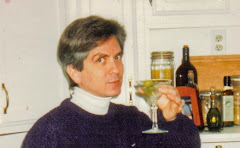
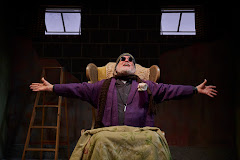




























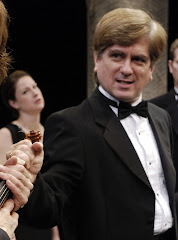
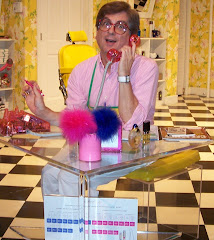
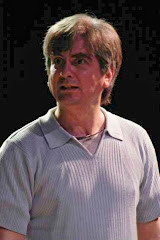
,+Olney+Theatre+Center,+2004.jpg)


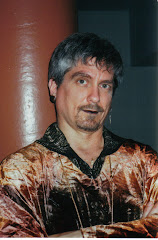
,+Shakespeare+Theatre+Company,.jpg)
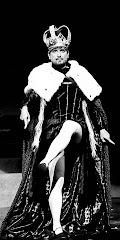

,+Warehouse+Theatre,+1999.jpg)
,+Are.jpg)
,+Everyman+Theatre,2002.jpg)
,+First+Nationa.jpg)
,+Shakespeare+Theatre+Company,.jpg)


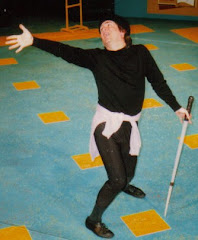
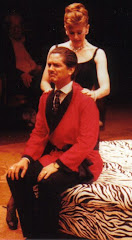
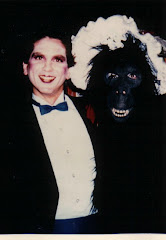
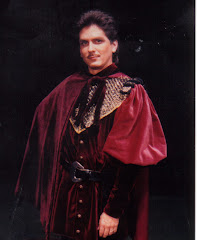
,+Granada+Th.jpg)
,+Globe+Playhouse,.jpg)
,+CSUN,+1976.jpg)
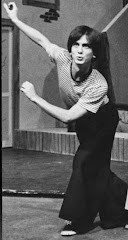


1 comment:
Thank you for that, Scott. It was lovely.
Connie
Post a Comment